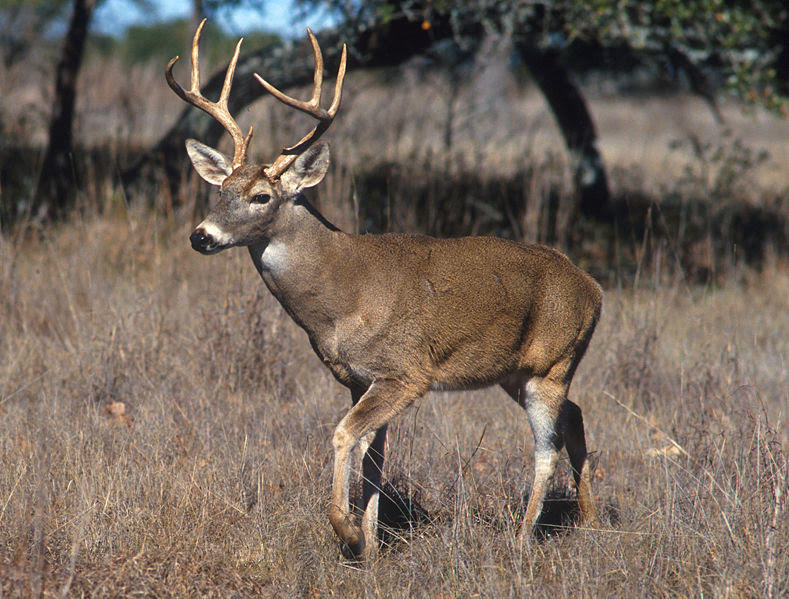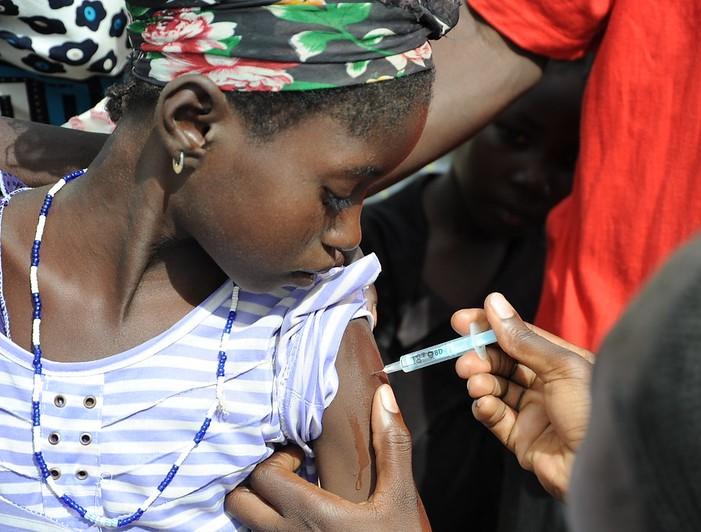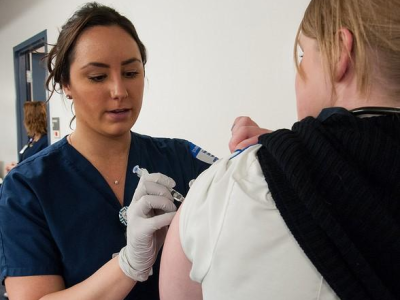
Idaho reports three new chronic wasting disease (CWD) cases in white-tailed deer in the Panhandle Region.
Idaho Fish and Game (IFG) said the infections were identified during the 2024 deer-hunting season in the Unit 1 CWD-Management Zone, which includes Coeur d'Alene, east of Spokane, Washington. The new detections push the total number of CWD-positive free-ranging deer in northern Idaho to six since the first identification in July 2024.
Low estimated prevalence
In total, 936 white-tailed deer were tested for CWD in Unit 1 during the 2024 hunting season, a large increase from 2023.
Early detection of CWD is critical, as it creates opportunities to take action to slow the rate of spread of the disease.
"Relative to many other states, the current estimated prevalence rate (less than 1%) of the disease in the management zone is low," IFG wrote. "Low prevalence rates suggest that Fish and Game in collaboration with hunters detected the disease early. Early detection of CWD is critical, as it creates opportunities to take action to slow the rate of spread of the disease."
During the 2025-26 Big Game Season Setting process, IFG staff proposed five new controlled hunts for white-tailed deer in Unit 1, which the Fish and Game Commission adopted in March 2025.
"Between the addition of 100 extra antlered white-tailed deer tags, addition of 1,000 extra antlerless white-tailed deer tags and reduction of 750 antlerless white-tailed deer tags in Unit 1, there is a net increase of 350 extra deer tags available in Unit 1, with a targeted focus to increase harvest within the CWD management zone," IFG wrote.
CWD, which affects cervids such as deer, elk, and moose, is caused by infectious misfolded proteins called prions. The fatal neurodegenerative disease spreads through cervid-to-cervid contact and environmental contamination. There is no vaccine or cure.

%20(2).jpg)












